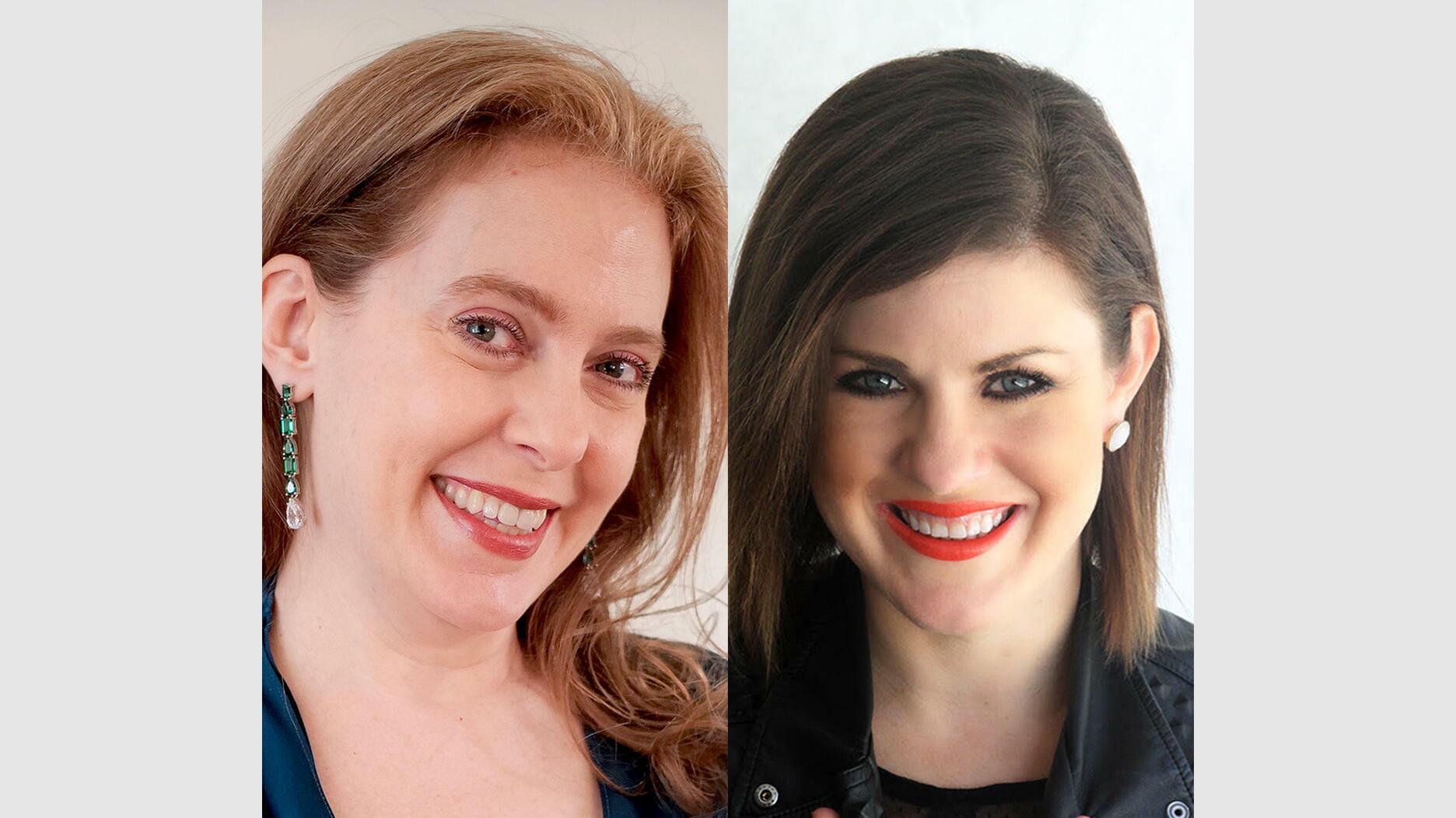The former BHP Billiton leader and Gemfields chairman is remembered for his influential leadership throughout his 50-year mining career.
Squirrel Spotting: 7 Tips for Salespeople This Holiday Season
Peter Smith winds down the year with lessons on smizing, the importance of body language and closing the sale.

That poignant saying was credited to the great and colorful Yogi Berra, the former Yankees Hall of Fame catcher and mangler of malapropisms.
Yogi left us a few years ago and now resides in the Great Ballpark in the Sky. Or is it Iowa?
Either way, if Yogi was with us today, he might well have recalled that particular gem as we prepare to traverse the remaining weeks of a year that would have stumped a convention of psychics, let alone Yogi.
And, while we’re on the subject of psychics, do they need to publish the dates of their events?
But, I digress.
The end is in sight, and since the coming weeks typically represent a disproportionate amount of our annual business, I thought it worthwhile to revisit and tweak a column on selling tips I wrote last year.
Here they are.
1) Smile (or, Smize)
At a time when we are picking masks instead of holiday outfits, do not underestimate the power of smiling beneath your cloth protector. In fact, smiling has never been more important.
Sans masks, you can use your entire face to project a smile. That usually, naturally includes your mouth, as you reveal those pearly whites to convey warmth.
Here’s the deal, however: fake or inauthentic smiles are actually captured in your eyes.
Take a look at the photos below, and you can easily see which image reflects a smile and which does not; it’s all in the eyes.
While wearing a mask, we cannot fake smiling. Our eyes will reveal whether it is real or not.
Authentic smiling has never been more effective and more important.

2) Hand Gestures
With the suspension of handshaking as a viable option to greet customers, don’t lose sight of the communicative prowess of your paws.
While we won’t have the rush of oxytocin that accompanies human touch in the near term, studies show that our brain gives 12.5 times more attention to hand gestures than words, so use those hands.
This has much to do with evolutionary safeguards; if I can see your hands, I’ll know whether you pose a danger to me or not.
To that end, use your hands in an animated fashion when you are talking to your customers.
Keep them in view as much as possible, and keep your palms up as much as you can.
As for greeting the customer, I love seeing people touch their heart when greeting customers. It is a safe, sincere and warm welcome.
3) Be Efficient
In Michelle Graff’s most recent episode of “My Next Question,” she revisited three retailers she had interviewed in the early days of COVID-19, Holly Wesche, Chad Berg, and Elise Greenberg, to ask them how things were progressing now, months into the pandemic.
One important reveal from the panel discussion was the sense that customers were doing their pre-emptive work online and then coming into their preferred store to make their purchases.
On so many levels, this makes sense. Customers are not going to shop in multiple stores before making a buying decision. That model was already becoming a dinosaur pre-pandemic and is probably close to extinction at this time.
So, what does that mean for salespeople? Simply this—get the customer in and out in as efficient a manner as possible.
Customers will limit their exposure to other people for the foreseeable future and they’ll appreciate you handling their needs expediently so they can get back to the safety of their cars and homes.
4) Priming
The idea of priming is to set the stage for a buying decision. Any doubt about the motivation of customers visiting stores to kick tires should long since have been put to rest.
You can show the greatest respect to customers by acting like they are there to buy and suspending the long overtures and endless product demonstrations.
“Tell me about the person you are buying for?” and, “What are you looking to get done today?” are direct, respectful and appropriate in this environment.
You want to ask open-ended questions, you need to understand the customer’s needs and motivation and to listen and observe their body language, but know that if they visited your store, they want to make a purchase.
Act accordingly.
5) Paradox of Choice
When presenting product options to your customer, less is more. Choice is a good thing—and three options is a great number—but the more you present, the more stress for the customer and the higher the likelihood that you will force them to disengage and go someplace else.
Once you have established the customer’s needs, confidently put three good options in front of them and allow them to pick.
6) Contrast Principle
Using three distinct price points is another way to give the customer options without overwhelming them.
If the stated budget is $1,000, put three options in front of them: $1,000, $1,500, and $2,000.
If they tell you their budget is $5,000, give the customer three options at $5,000, $7,500, and $10,000.
You’ve probably noticed the relationship is 1) at the stated budget, 2) double the budget, and 3) splitting the difference.
This pricing psychology works at any price point as it delivers three options for the customer: honoring the stated budget, stretching the budget big time, and serving an option north of budget but often still attainable.
As you might guess, the customer elects the middle option a disproportionate amount of the time, an awfully good scenario for the store and a satisfied customer, who is often excited about feeling like they could reach a little bit higher.
7) Ask for the Sale
The last point I will make is to ask for the sale.
At some point, the product information must stop, the exploratory questions have been asked and the sale needs to be wrapped up.
Don’t assume the customer will always tell you when they are ready to commit. Sometimes, they need a little push.
Be confident and appropriately lead the conversation. You’ve given them three solid options at three different price points. Ask them, “Which of these makes the most sense for you?” and don’t be shy about giving your informed opinion.
Your customer came in for a reason and you are doing them a great service by helping them to decide.
It’s been a heck of a year for everyone, but the results coming from independent jewelers have been nothing short of remarkable.
There are just a few short weeks left in the calendar year and many retailers are in it with a real shot (despite shutdowns) of recovering all of their lost sales from the interruption of business experience earlier this year. It would really be something for that to happen.
I hope the above tips help you to make your goals for season.
Happy holidays!
The Latest

The LVMH-owned brand has partnered with the costume design union to revamp its award for 2026.

The luxury titan inked a deal to acquire an initial minority stake in the jewelry manufacturer with a pathway to full ownership by 2032.

How Jewelers of America’s 20 Under 40 are leading to ensure a brighter future for the jewelry industry.

The company’s curation of unsigned vintage and estate jewelry debuted at the Bloomingdale’s in Costa Mesa, California.


In the recent multi-shipment seizure, CBP also found counterfeit Audemars Piguet, Moncler, and Chrome Hearts items.

Helzberg’s Chief Retail Officer Mitch Maggart shared details about its tests of a new store concept rooted in an elevated luxury experience.

Roseco’s 704-page catalog showcases new lab-grown diamonds, findings, tools & more—available in print or interactive digital editions.

Jewelers of America execs and National Jeweler editors discuss tariffs, the sky-high gold price, and the engagement that broke the internet.

The luxury goods company said founder Ippolita Rostagno will remain at the brand’s helm.

Laura Burdese, who joined the Italian luxury brand in 2022, will take on the role in July.

The National Jeweler editors revisit the most noteworthy industry happenings and design trends from 2025.

Need a gift for the cat lover who has everything? Look no further than our latest Piece of the Week.

It purchased the “Grosse Pièce,” an ultra-complicated Audemars Piguet pocket watch from the ‘20s, for a record-breaking price at Sotheby’s.

The lab-grown diamond grower now offers custom engagement and fashion jewelry through its Kira Custom Lab Jewelry service.

Chandler got his start at Michelson Jewelers and has served as DCA president and CEO since 2001. He will retire at the end of the month.

The boutique is slated to open this week inside Terminal 8, offering pre-owned Rolex watches and more to international travelers.

Sponsored by Digital Monitoring Products

The special-edition egg pendant ingested in a New Zealand jewelry store was recovered after a six-day wait.

Associate Editor Natalie Francisco plays favorites with Piece of the Week, selecting a standout piece of jewelry from each month of 2025.

The “Love and Desire” campaign is inspired by the magic that follows when one’s heart leads the way, said the brand.

Two awardees will receive free tuition for an educational course at the Swiss lab, with flights and lodging included.

Berta de Pablos-Barbier will replace Alexander Lacik at the start of January, two months earlier than expected.

Sotheby’s held its first two jewelry sales at the Breuer building last week, and they totaled nearly $44 million.

Winners will receive free registration and lodging for its fourth annual event in Detroit.

The honorees include a notable jewelry brand, an industry veteran, and an independent retailer.

Carlos Jose Hernandez and Joshua Zuazo were sentenced to life without the possibility of parole in the 2024 murder of Hussein “Sam” Murray.



























